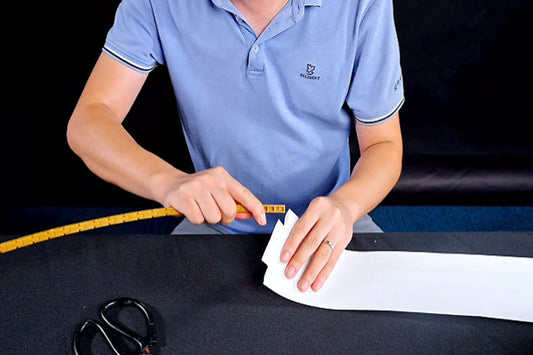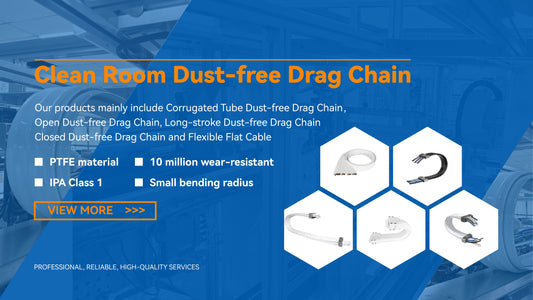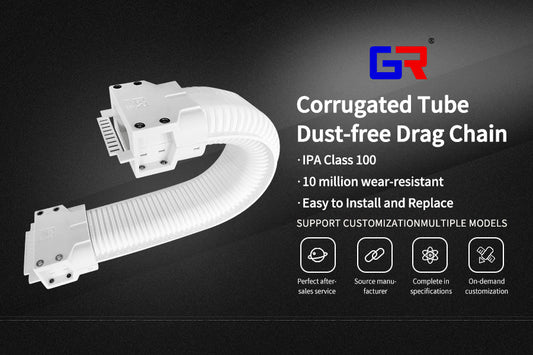Drag chains, also known as cable carriers or energy chains, are essential components in industrial automation and robotics. They safeguard and manage moving cables, hoses, and pipes, preventing damage from friction, tension, and entanglement. These protective chains are critical for ensuring the reliable operation of equipment that undergoes repetitive motion.

What is a Drag Chain?
Essentially, a drag chain is a flexible, interconnected structure designed to guide and protect cables and hoses that supply power, data, air, or fluids to moving machine parts. They are used in various applications, including CNC machines, robots, and automated production lines.

Drag Chain Components:
A typical drag chain consists of the following key elements:
- Housings: These enclosures, commonly made from durable plastics or metals, shield the cables and hoses from external elements and mechanical stress.
- Chain Links: Interconnected links form the main body of the drag chain. These links are designed for flexibility and wear resistance, enabling smooth movement. The required travel distance dictates the number of links needed.
- Connectors (Drive Systems): These connect the drag chain to the stationary and moving parts of the equipment, providing a secure and reliable attachment point.
- Accessories: A range of accessories, such as dividers and mounting brackets, are available to customize the drag chain to specific application requirements. Dividers help organize cables within the chain, while brackets provide secure mounting options.









